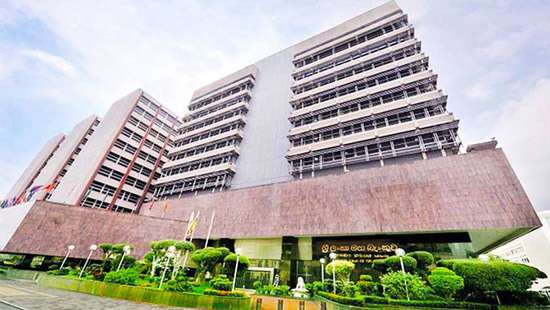Reply To:
Name - Reply Comment

Credit extended by commercial banks to businesses and individuals has continued to contract for the 12th consecutive month in May amid Central Bank’s expectations that credit conditions should ease going forward with the aggressive monetary policy easing cycle that was set off in early June.
The contraction in credit to the private sector came in at Rs.88.8 billion in May, almost double the Rs. 43.2 billion contraction seen in April.
With May numbers, the cumulative outstanding credit to the private sector by commercial banks has settled slightly above Rs.7.0 trillion compared to Rs.7.8 trillion that stood a year ago, undoing about Rs.800 billion in credit within a span of 12 months. This translates into a 9.5 percent contraction in credit to the private sector.
This also reflects the positive correlation between the direction of credit to the private sector and the output which was projected to have been in contraction through the first half.
The Sri Lankan economy declined 7.8 percent in 2022 followed by 11.5 percent in the first quarter of 2023. But the contraction is believed have moderated in the second quarter and a positive recovery is expected in the third quarter.
Hence the Central Bank which delivered back-to-back rate cuts within the last five weeks expects a gradual pick up in credit to the private sector.
“A gradual turnaround is expected in credit to the private sector with the easing of monetary conditions and the envisaged rebound of economic activity,” the Central Bank said last week.
The Central Bank officials made it clear that they were prepared to take necessary actions against banks if the transmission of the effects of the policy rate cuts is delayed.
They also pointed out that the risk premia that was thus far attached to government securities held by banks due to the fears of potential fallout from domestic debt restructure, have also disappeared.
After nearly 18 months of credit contraction, growth hungry banks are largely expected to re-open their lending spigots which could not only expand their balance sheets which had been in contraction for nearly the same period while reversing the profit contractions they saw last year.
The pace of bank credit flows into the real economy is going to be a predominant factor which will determine the pace of the economic growth as that will stimulate both consumption and production in the economy, which had been in persistent contraction.
From here onwards the interest rates can only reflect the risks associated with lending and borrowing as nothing outside such as the risks associated with domestic debt restructuring no longer affect credit decisions in the economy, said Central Bank Dr. Nandalal Weerasinghe, who oversaw the country’s fastest monetary tightening and easing cycles in the shortest span.